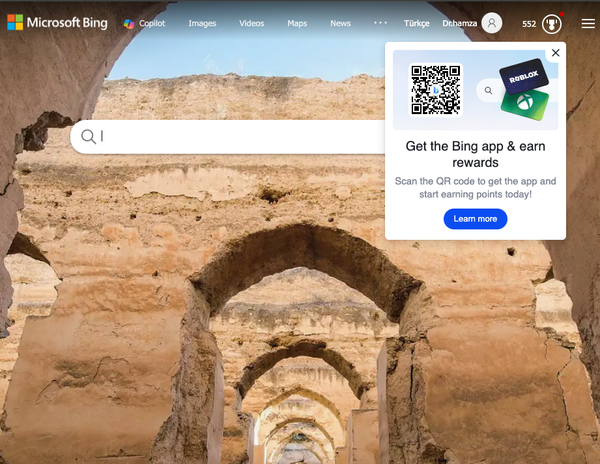Is AMP (Accelerated Mobile Pages) Dead?
Table of Content
What is AMP?
AMP, short for Accelerated Mobile Pages, is an open-source HTML framework developed by Google. It was created with the purpose of enhancing the loading speed of mobile web pages by utilizing a simplified version of HTML.
AMP pages are optimized, with certain HTML tags and JavaScript elements restricted. The objective was to elevate the performance of the mobile web, reduce page loading time, and provide an enhanced user experience, particularly on devices with slower internet connections.
How does it look like?
AMP (Accelerated Mobile Pages) code is a streamlined version of regular HTML. It's designed to be lightweight and fast-loading, especially on mobile devices. Here are some key characteristics of how AMP code typically looks:
- AMP HTML: It's essentially HTML with some restrictions for reliable performance. AMP-specific tags are used, such as
<amp-img>for images and<amp-video>for videos, replacing the standard HTML tags. - AMP JS: JavaScript in AMP is handled by the AMP JS library. This library manages resource loading to give a fast rendering of the page. Custom JavaScript is not allowed; instead, you use predefined AMP components.
- AMP CDN (Optional): AMP pages can be cached by a Content Delivery Network (CDN), such as Google's AMP Cache, for faster delivery.
Here's a basic example of what an AMP page might look like:
<!doctype html>
<html amp>
<head>
<meta charset="utf-8">
<title>My AMP Page</title>
<link rel="canonical" href="self.html" />
<meta name="viewport" content="width=device-width,minimum-scale=1,initial-scale=1">
<style amp-boilerplate>body{-webkit-animation:-amp-start 8s steps(1,end) 0s 1 normal both;-moz-animation:-amp-start 8s steps(1,end) 0s 1 normal both;-ms-animation:-amp-start 8s steps(1,end) 0s 1 normal both;animation:-amp-start 8s steps(1,end) 0s 1 normal both}@-webkit-keyframes -amp-start{from{visibility:hidden}to{visibility:visible}}@-moz-keyframes -amp-start{from{visibility:hidden}to{visibility:visible}}@-ms-keyframes -amp-start{from{visibility:hidden}to{visibility:visible}}@-o-keyframes -amp-start{from{visibility:hidden}to{visibility:visible}}@keyframes -amp-start{from{visibility:hidden}to{visibility:visible}}</style>
<noscript><style amp-boilerplate>body{-webkit-animation:none;-moz-animation:none;-ms-animation:none;animation:none}</style></noscript>
<script async src="https://cdn.ampproject.org/v0.js"></script>
<!-- Add additional AMP components here -->
</head>
<body>
<h1>Welcome to my AMP page!</h1>
<amp-img src="welcome.jpg" width="800" height="600" alt="Welcome"></amp-img>
<!-- More AMP components -->
</body>
</html>
In the previous code snippet
- The
<html amp>attribute declares this as an AMP document. - The AMP JS library is included with
<script async src="https://cdn.ampproject.org/v0.js"></script>. - Standard HTML tags are replaced with AMP-specific tags like
<amp-img>for images.
Remember, AMP pages must validate against the AMP specification to be considered valid AMP pages and take advantage of AMP's benefits, like potentially appearing in Google's AMP Cache.
Criticism
Nevertheless, AMP faced criticisms and controversies:
- Control Over Web Standards: Some developers and publishers raised concerns about AMP granting Google excessive control over web standards and the direction of the web.
- Complexity and Limitations: Implementing AMP could be intricate, and its limitations might restrict the functionality and creative design of web pages.
- SEO and Visibility Concerns: Initially, Google prioritized AMP pages in its mobile search results, offering improved visibility. However, this led to concerns that websites were compelled to adopt AMP to preserve their search rankings.
- Monetization Issues: Publishers sometimes encountered difficulties in monetizing AMP pages as effectively as traditional web pages due to limitations in advertising technology and analytics.
No Direct Ranking Boost
Google has stated that AMP is not a direct ranking factor. In other words, simply using AMP does not guarantee a higher ranking in search results. Instead, Google focuses on page experience signals, which include page loading performance, interactivity, and visual stability, among others.
Status
Eventually, Google made the decision to phase out the preferential treatment of AMP pages in its search rankings. This change was partly driven by advancements in web technologies, enabling non-AMP pages to load quickly and provide an excellent user experience. The shift away from favoring AMP can be viewed as a response to the evolving web ecosystem and feedback from developers and publishers who desired greater flexibility and control over their content.
As of my last update in April 2023, while AMP is no longer prioritized in search rankings as it once was, it still remains available as a framework for developers to choose. The move away from AMP does not signify the end of the project, but rather a realignment of Google's approach to emphasize broader web performance standards rather than a specific framework.
Conclusion
In summary, while AMP can contribute to a better mobile experience and potentially positively impact SEO through indirect means like improved user experience and page speed, it's no longer the only way to achieve these benefits. Google's focus is more on overall page experience and speed, regardless of the technology used.
Therefore, the decision to use AMP should be based on specific business needs, resource availability, and website goals rather than solely on SEO considerations.











